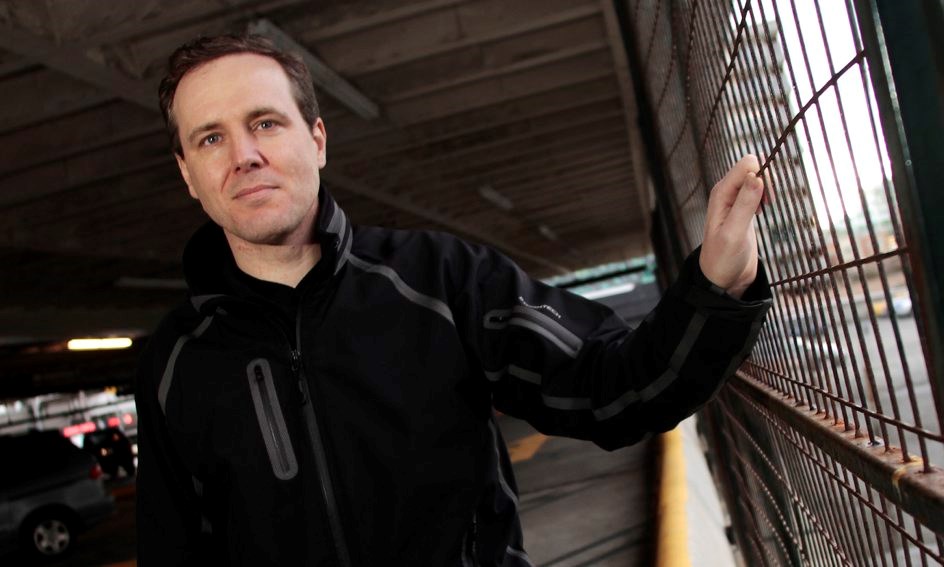Ashley Frerichs felt goosebumps rise as she passed the old bus exchange outside the mall on her way into Langford this week and again as she walked the halls of Belmont Secondary School to see her band photos on the wall.
The 21-year-old Nanaimo resident spent a portion of her youth homeless on the West Shore, sleeping behind school portables, in church stairwells and killing time at the bus shelter.
“This community did band together for me at one point, but it was hard,” Frerichs told community members and homeless advocates at a Greater Victoria forum on youth homelessness in the school gymnasium on Wednesday night. She eventually found somewhere to stay and graduated.
Now she studies child and youth care by distance at the University of Victoria and works in a youth employment centre.
“I want to help other kids,” she said.
Youth homelessness is a growing concern in the Capital Region, said Andrew Wynn-Williams, executive director of the Greater Victoria Coalition to End Homelessness.
“We wanted to do this forum now, around back-to-school when people are thinking about their kids, to maybe think of others — the ones living out of the backpacks they bring to class,” he said.
In three reports released by the coalition this week, homeless youth are named as a priority in the region.
“The big challenge is it’s so difficult to determine how many homeless youth there are,” Wynn-Williams said. In a 2008 housing survey, 616 youth and young adults faced homelessness in Victoria. “But many of them are hidden, couch-surfing or staying where they can.”
The report Facing Homelessness takes one winter night in Victoria as an example. On Feb. 6, 2013, 23 youth stayed in a shelter, four were turned away and 54 were in some kind of temporary accommodation. More than 1,000 people sought emergency shelter in the city that night.
The report also identifies systemic failures, such as the difficult transition out of child welfare, as a key contributor to homelessness.
“It’s sad to say, but a lot of kids we get are just about to age out of the system,” said Mark Muldoon, executive director of the Threshold Housing Society. The youth might have been in a stable foster home for years, but the parents want them out to take in new, younger and subsidized kids. Threshold operates two semi-independent homes for youth and programs to support others living on their own.
Muldoon said the highest growing sector of homelessness is youth. For the most part, they are not street-entrenched but some live on the streets, including a 17-year-old boy who was living in a tent outside a church in Sooke recently.
Muldoon has met others living in cars and parks, going to the YMCA for showers. Many are referred to his program from high school counsellors, concerned by a student’s sudden tiredness or poor hygiene.
He’d like to see more supportive housing, especially in underserved regions like the West Shore. “Our goal is to help turn off the tap to adult homelessness,” he said. “Youth have different reasons for being homeless and different barriers.”



